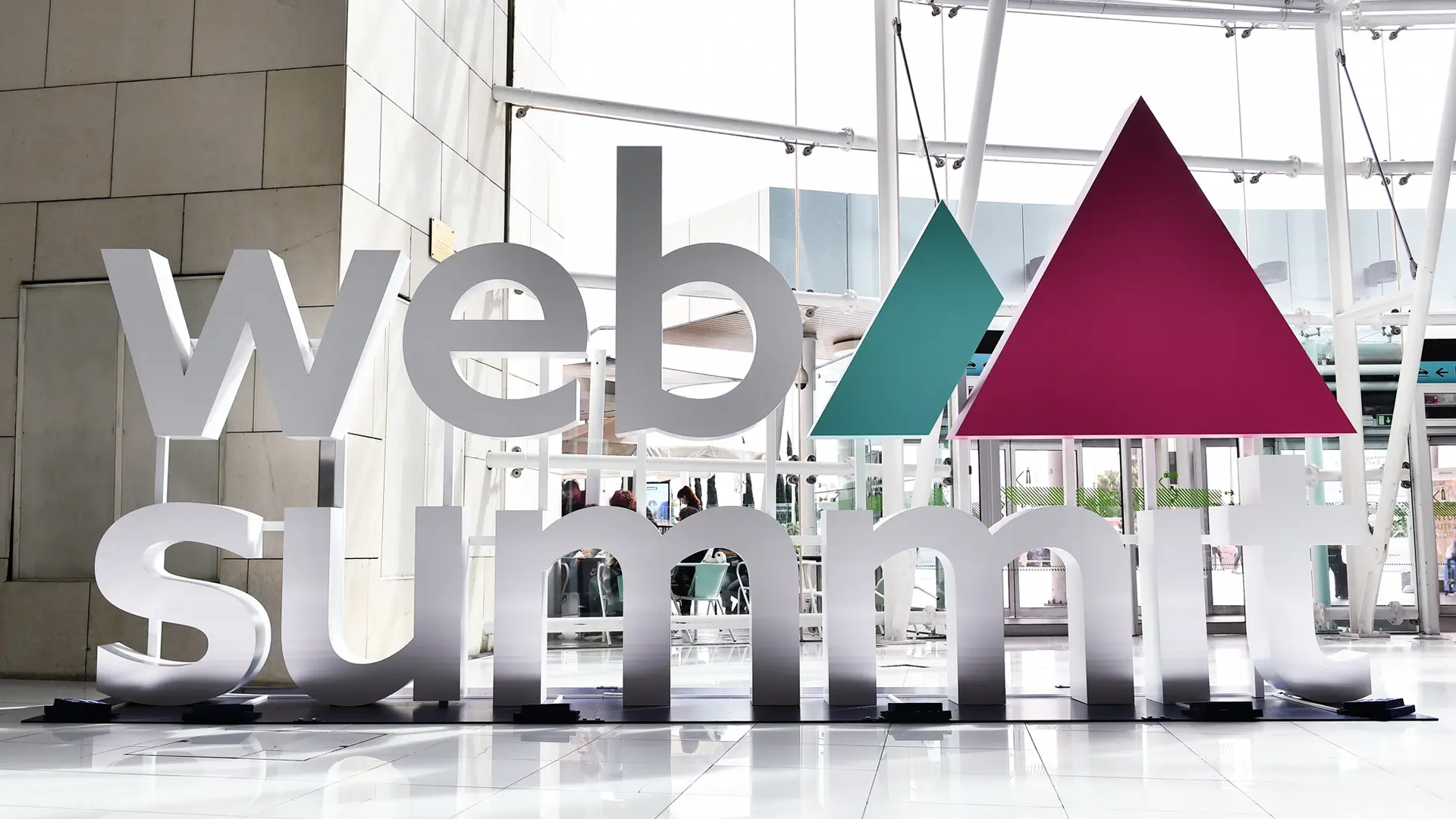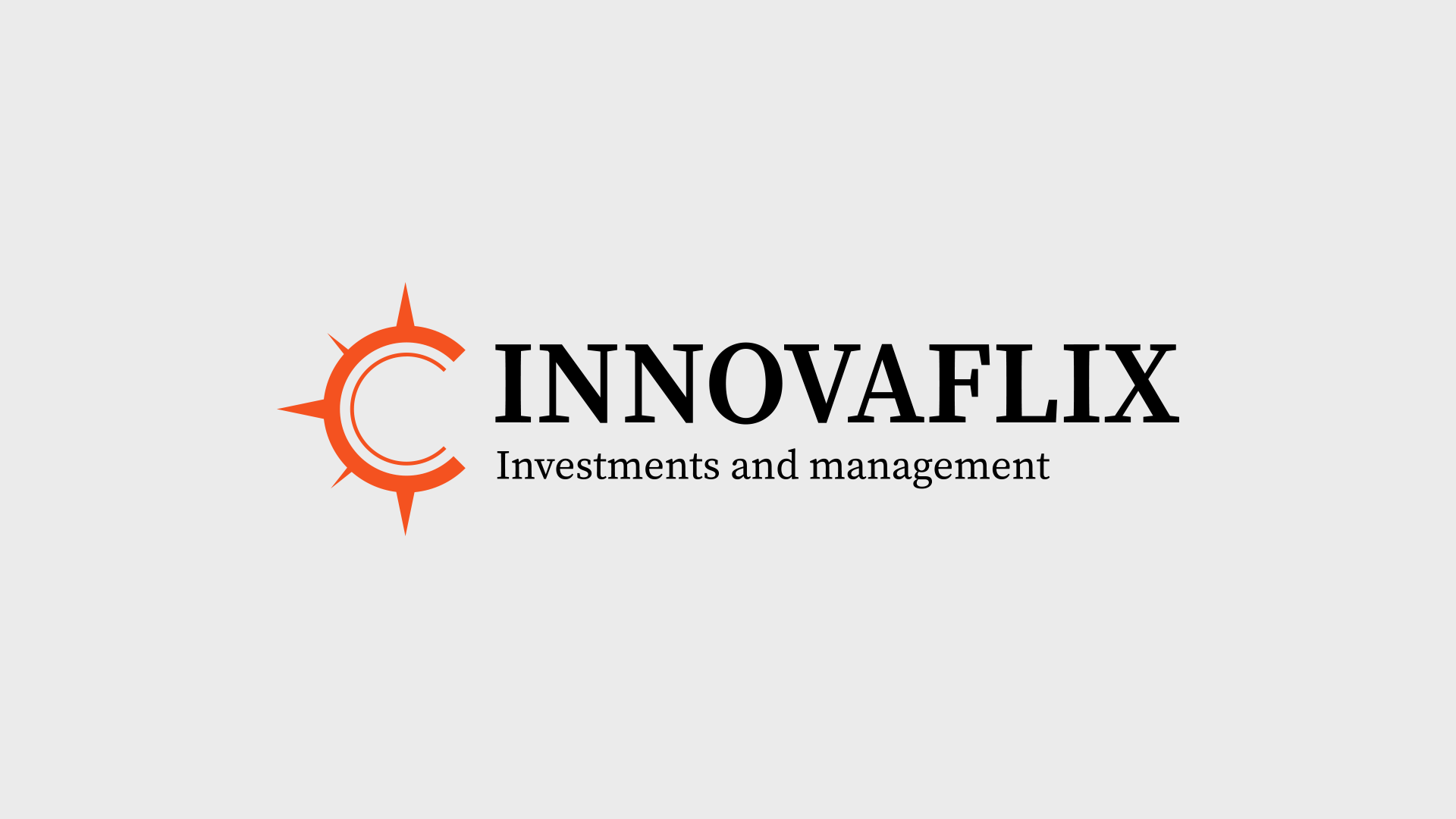Published on November 6, 2022
WebSummit LLC took place in Lisbon, Portugal between 1-4 November. An event that gathered over 70,000 delegates from all around the world to talk about how we reimagine the future.
The global InsurTech community was represented by a few of us.
Chubb and Fidelidade led the way with sessions on digitization, insurance innovation, and digital assets.
Also, great job from Mark M. from Humn who addressed the topic of mobility, AI, and underwriting on the Growth Summit stage, and Utena Treves from Moojo who talked about the #futureofwork, lifestyle futures, and driving peace of mind for the US$1.5 trillion creator economy market on Central stage.
#websummit2022 was about the entrepreneurs, startup founders, and creators from all continents that are changing today’s reality with new-world digital and web technologies. It was about the digital dimension of our current world which was for me far beyond digital transformation! It was about digital identity definition and the reinvention of businesses, brands, and individuals within the parallel world of web3.
Why!
I actually saw three main themes emerge from the 1,000 sessions that took place over three days.
Over 45 sessions took place related to the Metaverse
The Metaverse is our new internet. It connects the physical and the virtual worlds to transform the experiences we have when engaging with both while making the interactions between them more intuitive, more simulative, and more immersive.
The Metaverse is not just for the world of the creator though or a place where you can own and engage with digital things. It becomes a bridge between the physical world and the digital world.
It also addresses emerging needs within commercial and industrial spaces.
In the world of corporate innovation, the Metaverse will help us augment our work and provide an increased ability for businesses to provide anyone with capabilities they may not have today.
Digital and virtual twins can enable copies of self, friends, and business infrastructures. They can replicate repetitive tasks to those second selves to optimize productivity and efficiencies.
Think about your supply chain. The Metaverse builds a world where physical industrial assets are reproduced digitally to improve productivity but also to allow the virtual onboarding, training, and engagement of individuals regardless of location.
You can act and engage with digital things and move from the text world to a more coach-led/ instructor-led world.
With the Metaverse, individuals will be able to build things that no one has ever seen or done before. Inspired by Darren Shou, CTO, NortonLifeLock
The future of the Metaverse is for businesses of any size as it democratizes access to equity for businesses and individuals too.
Over 100 web3 sessions interlocking with the Metaverse and digital currencies.
People are hesitant to go into web3.
Indeed, anyone jumping into web3 needs to look at it as a long-term project, particularly when engaging with NFTs. To be able to trade on web3, you will need to own the infrastructure, and many today are acquiring web3 lands anticipating the future.
What I got from my conversations at the #websummit is that you need to think about web3 as the key to a door that opens digital worlds where you will be able to own digital lands and monetize plots for the long term!
Finding one:
More than ever before, your customers will define their ideal engagement path with you. So, you must build incentives and alignment engines to meet the needs of those communities so that one can in the long term yield future monetization services. (source: Amanda Cassatt)
Finding two:
If we try to understand our web3 future, it is important to understand the past two instances of the World Wide Web.
Web 1.0 (the 1990s to 2005) refers to the first stage of development on the internet and is characterized by simple static websites (e.g., HTML) which required highly technical and coding skills.
Web 2.0 (2004) relates to the second stage of development of the internet. It is characterized especially by the change from static web pages to dynamic or user-generated content in the form of blogs and readers’ comments, the use of databases to store content, the inclusion in participatory culture and interoperability for end users, the birth and explosion of the mobile internet, Apps and social media such as LinkedIn, Facebook, Twitter to name but the few, as well as the emergence of the gig economy.
Now Web 3.0 (2014) is the third generation of the World Wide Web. Currently a work in progress, it is a vision of a decentralized and openness with greater utility for its users. It is secure, decentralized, and free from the control of the Internet and social media organizations based on blockchain technology and operates on token-based economics. Today it is about reading, writing, and creating content – and gradually gaining ownership (e.g., spaces and lands) over the internet. The popularity of web3 started in 2021.
Finding three:
Not dissimilar to web2, web 3 will be about building winners, unicorns, and iconic brands and being able to deliver a unique digital brand identity with:
united and long-lasting narrative
connected by a demonstrable cultural intent between the physical and digital worlds
trusted by the many – whether individuals, businesses, and communities.
Web3 requires the design of environments where brands can remain consistent, congruent, authentic, credible and trustworthy the whole way through with their audiences. – inspired by James Vincent, CEO, FNDR
According to analysts, the current adoption of Web3 is pretty much aligned with the way we adopted the internet many years ago. In Southeast Asia, the adoption rate of web3 is estimated at 40%, and in the USA 15% right now.
An estimated 20 sessions with a link to NFTs.
Despite the current market crash, NFTs have become the currency of the artist and empower consumers to have more choices.
NFTs (non-fungible tokens) are unique digital assets. Technically, they cannot be duplicated or divided creating digital scarcity. NFT’s contain information that links a digital or physical object, and are recorded in smart contracts on decentralized blockchain networks which makes the record mathematically tamperproof. NFTs are about ownership, identity, and the characters that represent an online presence and the digital assets that are attached to them.
However, when deciding to issue NFTs that represent both a physical or digital object that is not on the blockchain, we run into problems. Because the NFT and its object are not immutably linked. The lack of a verifiable identity at the origin of an NFT is challenging for digital art. The lack of NFT verifiability also leads to intellectual property and copyright infringement challenges.
Another major issue that is recognized is that NFTs and digital assets could be hacked.
Good NFTs have considered several parameters including:
Rarity
Utility
Tangibility
Interoperability
Social Proof
Ownership History
And this potentially also means that the future of data in the web3 world is the wallet or a form of wallet that is built with true utility, social proof, and interoperability among users.
The view is that everyone must own a form of a digital wallet, as this wallet will give you back control of your digital assets, personalized choices, and engagement preferences from one single place.
Then through the tokenization of products, it is believed that every product could have its own digital twin linked to the original product. This opens up new ways to engage, borrow and land products and services to others.
We will also need to think through how we onboard people on web3 but also address ID thefts and fraudulent activities linked with NFTs. This is where well-designed and thought-through wallet technology is viewed as the best option to enable individuals and brands to take control back of their digital identity and everything associated with it.
My Take on what this new virtual world gives us
A few of the questions asked about this disruptive world seemed to draw pretty straightforward answers for some.
I felt that the discussions were certainly just a good starting point to driving awareness as there is so much to think through and get done, in addition to addressing existing gaps when wanting to make these end-to-end engagements completely seamless.
Still, the general view was that the Metaverse, Web3, and NFTs combined together will deliver a number of benefits for users:
Better products and services, and more productive office spaces while reducing carbon footprints
This emerging virtual world becomes more sustainable as prototyping becomes limitless via immersive environments
Recruiting and engaging with employees and workers that are remote become easier through gamified and captivating environments
Educating and operating from the comfort of your digital offices become the norm
Making the impossible possible for the skeptics becomes painless via real-time virtual and experiential exchanges.
The conclusion was that:
It is clear that it is just a matter of time until this new world becomes a reality. Every company will be a web3 company at some point. So, start now to think about how this current fast-moving evolution will impact your business!
Source: https://www.linkedin.com/pulse/summary-websummit-2022-sabine-vanderlinden/

